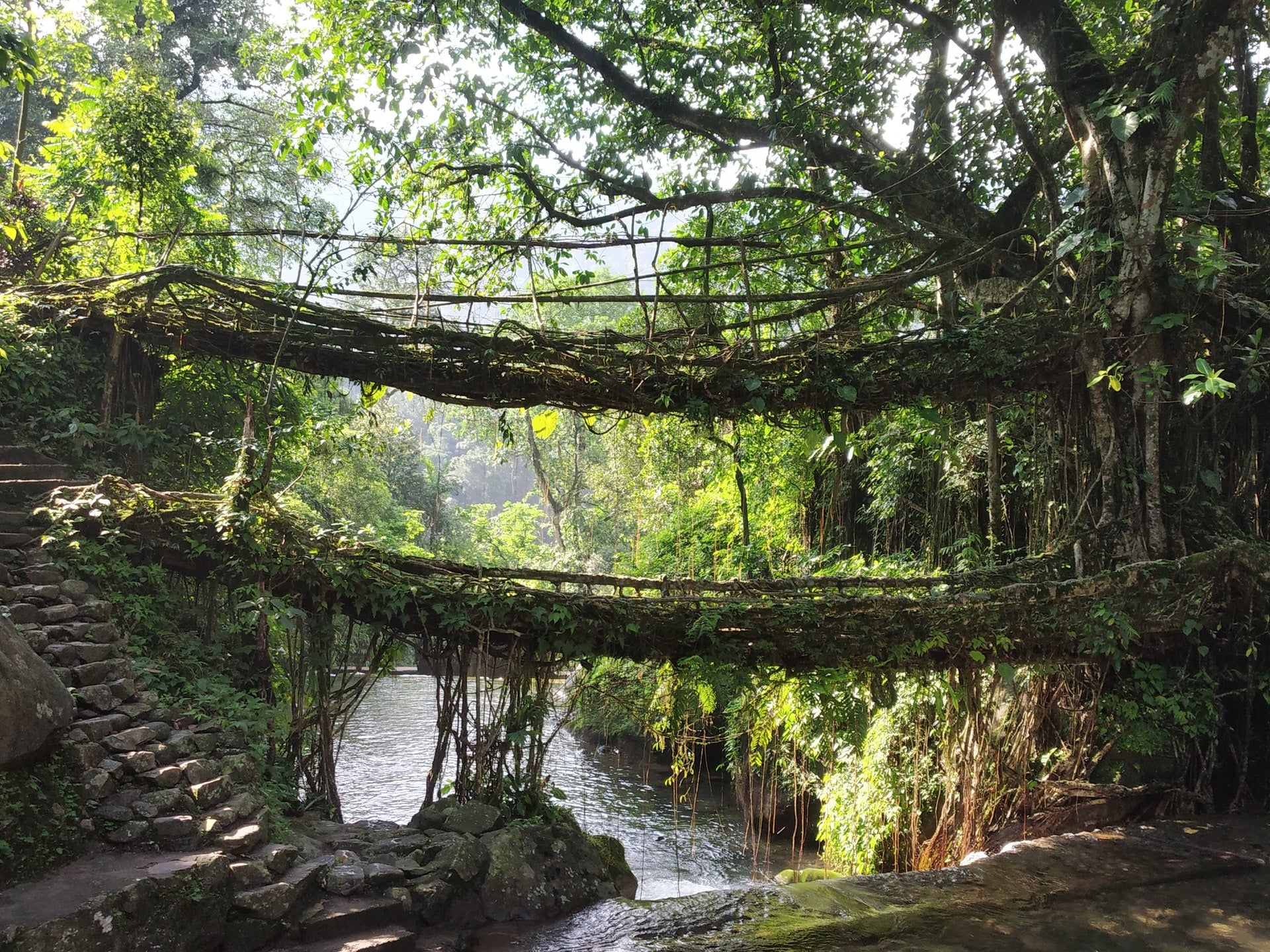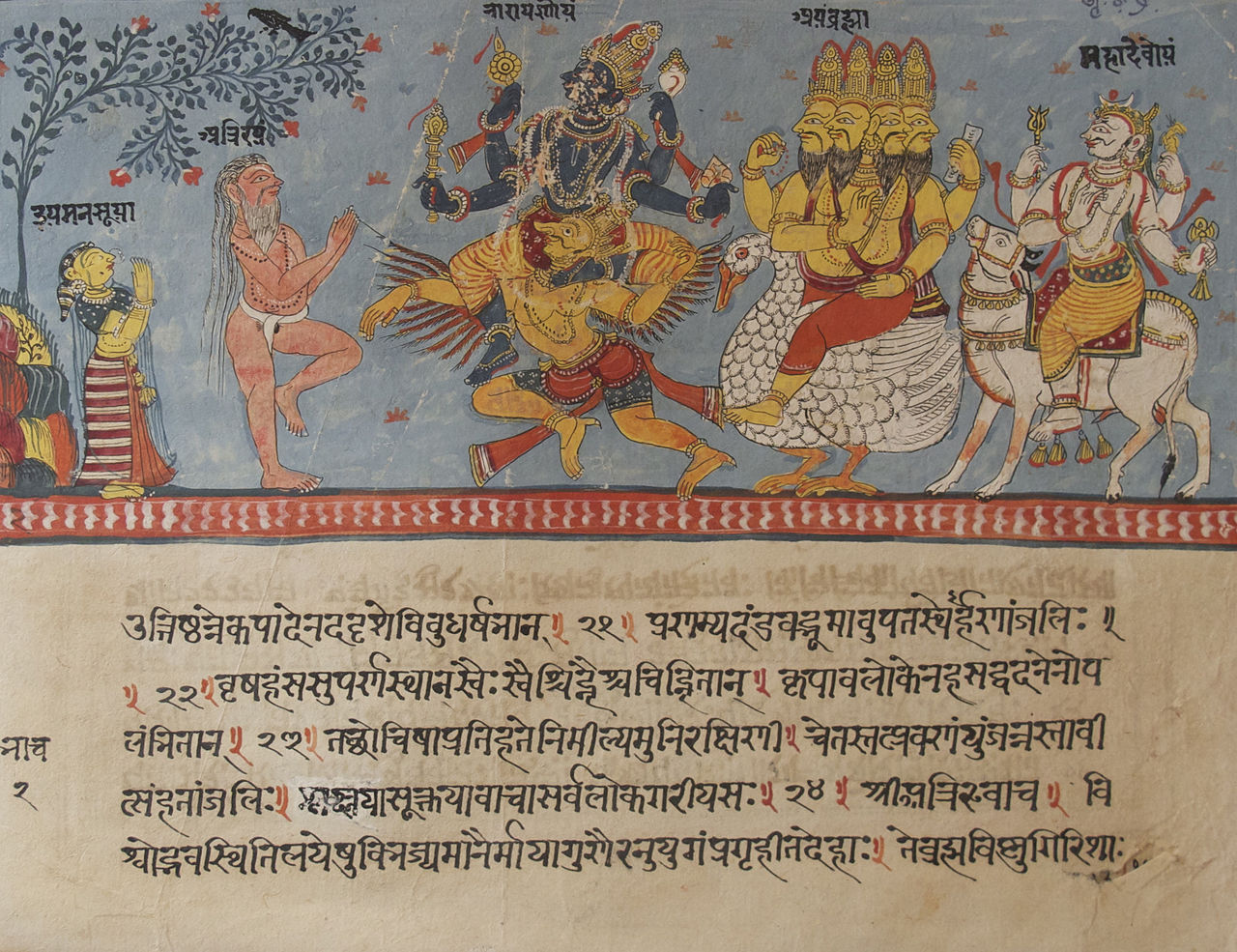
The Lost Heavenly River 'Saraswati': Unveiling the Mysteries of an Ancient Waterway
Introduction:
In the realm of ancient Indian civilization, the Saraswati River holds an enigmatic place. Revered as a sacred river, mentioned in the Rigveda, and associated with wisdom, arts, and knowledge, the Saraswati is often referred to as the "heavenly river." However, despite its prominent status in mythology and historical texts, the Saraswati River has remained elusive for centuries, leaving behind only traces of its existence in the hearts and minds of those captivated by its mystique. This article delves into the depths of history, archeology, and hydrology to unravel the story of the lost Saraswati River and its significance.
Ancient References and Sacred Significance:
The Saraswati River finds its roots in the ancient Indian scriptures, primarily the Rigveda, where it is extolled as a mighty river flowing from the mountains to the ocean. It is mentioned over 70 times in the Rigveda, signifying its vital role in the lives of early Vedic people. Saraswati, also known as the goddess of speech, music, and learning, holds a divine connection to the river, further enhancing its significance. The Saraswati River's association with wisdom, prosperity, and the flourishing of civilization has made it an object of immense reverence throughout the ages.

Historical Geographical Context:
The geographical location of the Saraswati River has long been a matter of speculation and debate among scholars. While ancient texts provide vivid descriptions of the river's course, ranging from the Himalayas to the Arabian Sea, its exact route has remained elusive. Historical records and geological studies have shed light on the possible existence of a large river system, but tracing the precise path of the Saraswati River has proved to be a complex task due to environmental changes, tectonic shifts, and the passage of time.
Hydrological Evidence:
Recent hydrological and satellite imagery studies have brought new insights into the existence and course of the Saraswati River. The confluence of several rivers, including the Ghaggar, Hakra, and Yamuna, has been identified as a possible trace of the once-mighty Saraswati. Archaeological findings along these riverbeds, such as ancient settlements, Indus Valley Civilization sites, and numerous Saraswati-related artifacts, have further corroborated the existence of a substantial river system in the region. Furthermore, the detection of paleochannels through remote sensing techniques has added credence to the hypothesis that the Saraswati once flowed through the Indian subcontinent.

The Geological Evolution and Disappearance:
Understanding the geological evolution of the Saraswati River is crucial in comprehending its disappearance. Geological evidence suggests that the Saraswati River was a significant and mighty river during the Pleistocene and early Holocene periods, approximately 10,000 to 4,000 years ago. However, a combination of climatic changes, including the drying up of glacial sources and a shift in monsoon patterns, led to the gradual decline of the river. Geological studies indicate that the Saraswati River transformed into a series of seasonal and intermitted streams before finally vanishing completely, leaving behind only fragmented remnants of its once majestic flow.
Cultural and Societal Impact:
The Saraswati River's disappearance had a profound impact on ancient Indian civilization. The flourishing Indus Valley Civilization, often associated with the Saraswati River, gradually declined, and communities migrated to other regions in search of water resources. The abandonment of once-thriving settlements along the Saraswati's course reflects the societal upheaval caused by the river's demise. However, the legacy of the Saraswati River continued to shape the cultural fabric of the Indian subcontinent, as subsequent civilizations and traditions revered and celebrated its memory through literature, art, and religious practices.
Contemporary Relevance and Revival Efforts:
Despite being lost in time, the Saraswati River continues to captivate the imagination of scholars, researchers, and enthusiasts. Efforts to revive and rejuvenate the Saraswati River have gained momentum, driven by a desire to rediscover the ancient heritage and tap into potential water resources. The ongoing Saraswati River Rejuvenation Project, focusing on reviving the Ghaggar-Hakra river system, symbolizes the modern-day quest to reclaim the lost Saraswati and restore its importance in the cultural and ecological landscape of India.

Conclusion:
The lost heavenly river, Saraswati, remains a subject of fascination and intrigue, deeply embedded in the collective memory of ancient Indian civilization. The confluence of myth, history, hydrology, and geology has provided valuable insights into the existence and significance of this mystical waterway. As ongoing research, technological advancements, and revival efforts continue, the lost Saraswati River may yet reveal more of its secrets, inviting us to unravel the mysteries of an ancient and sacred lifeline that once flowed through the heart of the Indian subcontinent.
By Manshi Singh
(The images used in this blog post are not owned by Anime Devta, they are just to help the readers)

